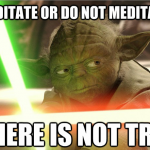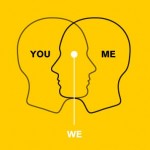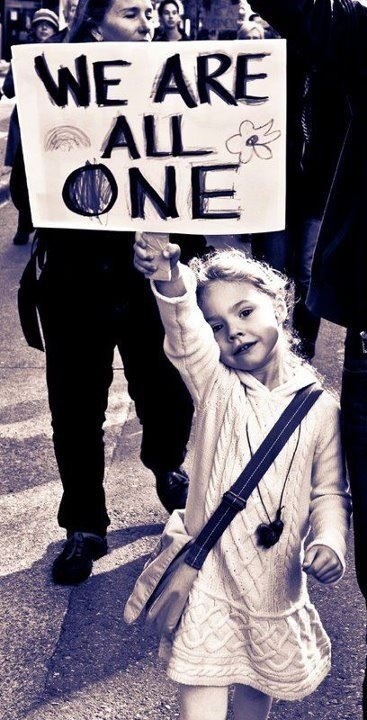The Many Uses of Mindfulness: Fun

I find that most people come to meditation, whether it be mindfulness or some other form, to address concerns they have in life. That was certainly the case with me as I was struggling to overcome fears, depression and a whole litany of dysfunction while at the same time wanting to figure out how the universe worked. Regardless of the issues being addressed, whether physical, mental, emotional or spiritual a lot of attention and energy goes towards resolving the issues. Life becomes all consuming in the pursuit of figuring these things out and making peace with them. It seems for many of us that while we are pursuing these things there is a heaviness about our lives and the lightness of spirit and playfulness of heart takes a back seat. This can last a long time, even a lifetime, as this search wears on. Things become very serious….
One of the things I like about mindfulness versus other forms of inner practice is that in bringing us to the present moment it takes us away from the intense focus of our own inner world to something larger. It takes us outside our own bubble and allows us to merge our life with the life outside the bubble. In many cases it may seem like a tearing away of the obsession with the “little self” and an opening up of a much larger self which includes everything/body. It’s when that happens that we wake up to a much larger reality, one that is interesting, engaging and fun. I noticed with my own experience that when my practice started bringing me into the present moment and away from my inner struggles that I began to have a new perspective on life. I actually started to have fun again, something that had been missing for a long time. As I embraced the return of fun in my life it continued to deepen and expand. It was then that I realized that having fun was a big part of of my mindfulness practice and that I wanted to share that with others. It seemed to me that the more people in the sandbox, the more fun would be had. I also found that as the sense of fun returned, the other issues I was dealing with were resolving. So there is some connection between allowing fun back into life and resolving the many issues we all bring to our inner practice. For me, the engagement with the present moment was the key that opened the lock. There is an alchemical reaction that takes place in the present moment that transforms the nature of our issues and allows us to have fun again. It ends up influencing the way we see things and not taking ourselves so seriously. We can still continue to address our original reasons for entering into this process but now with a lightness of being and playfulness in our hearts.
The Many Uses of Mindfulness: Fun Read More »









